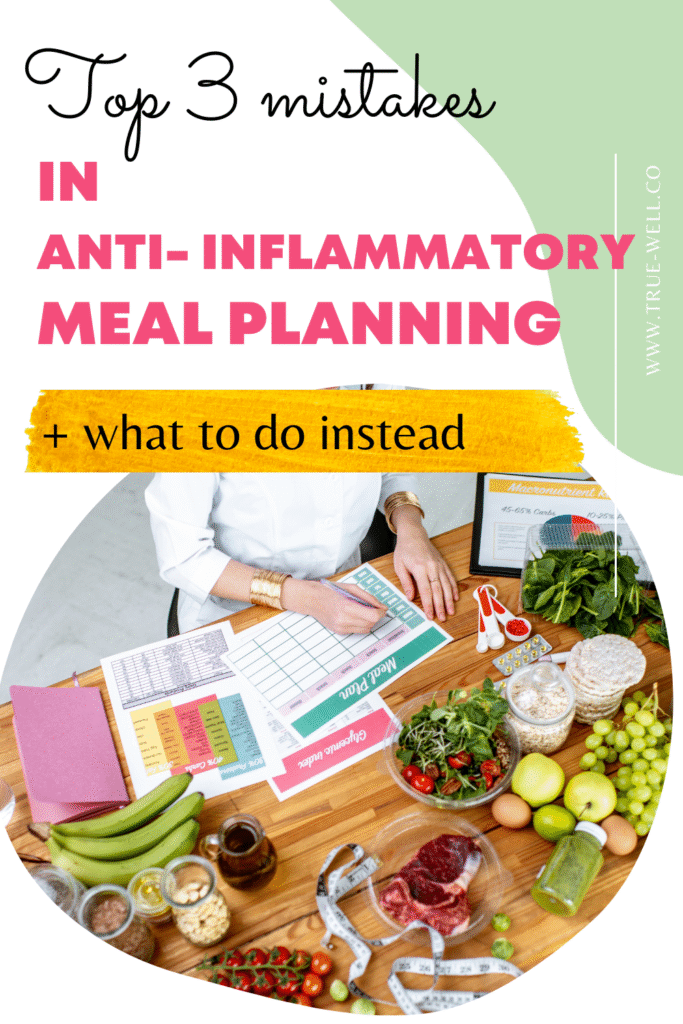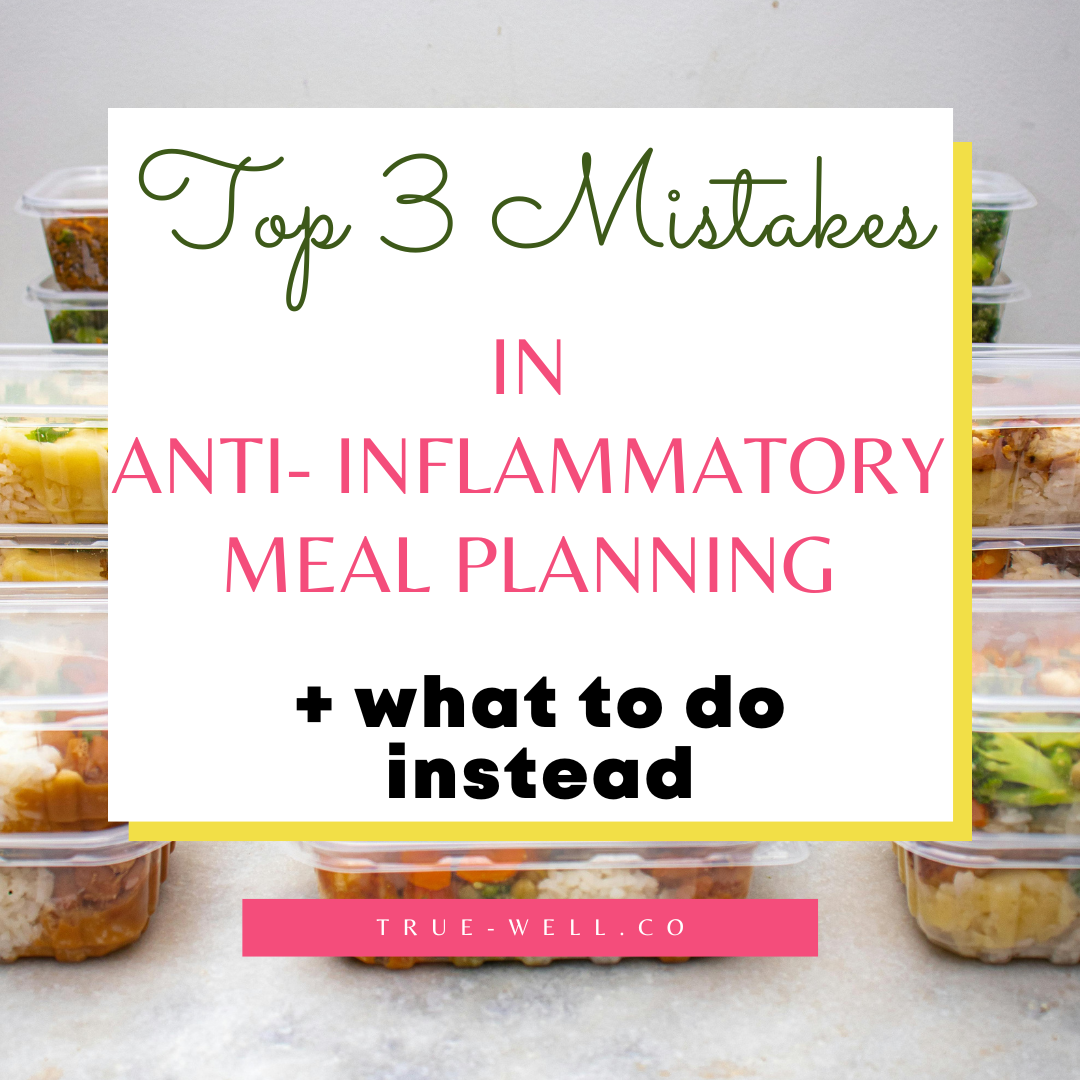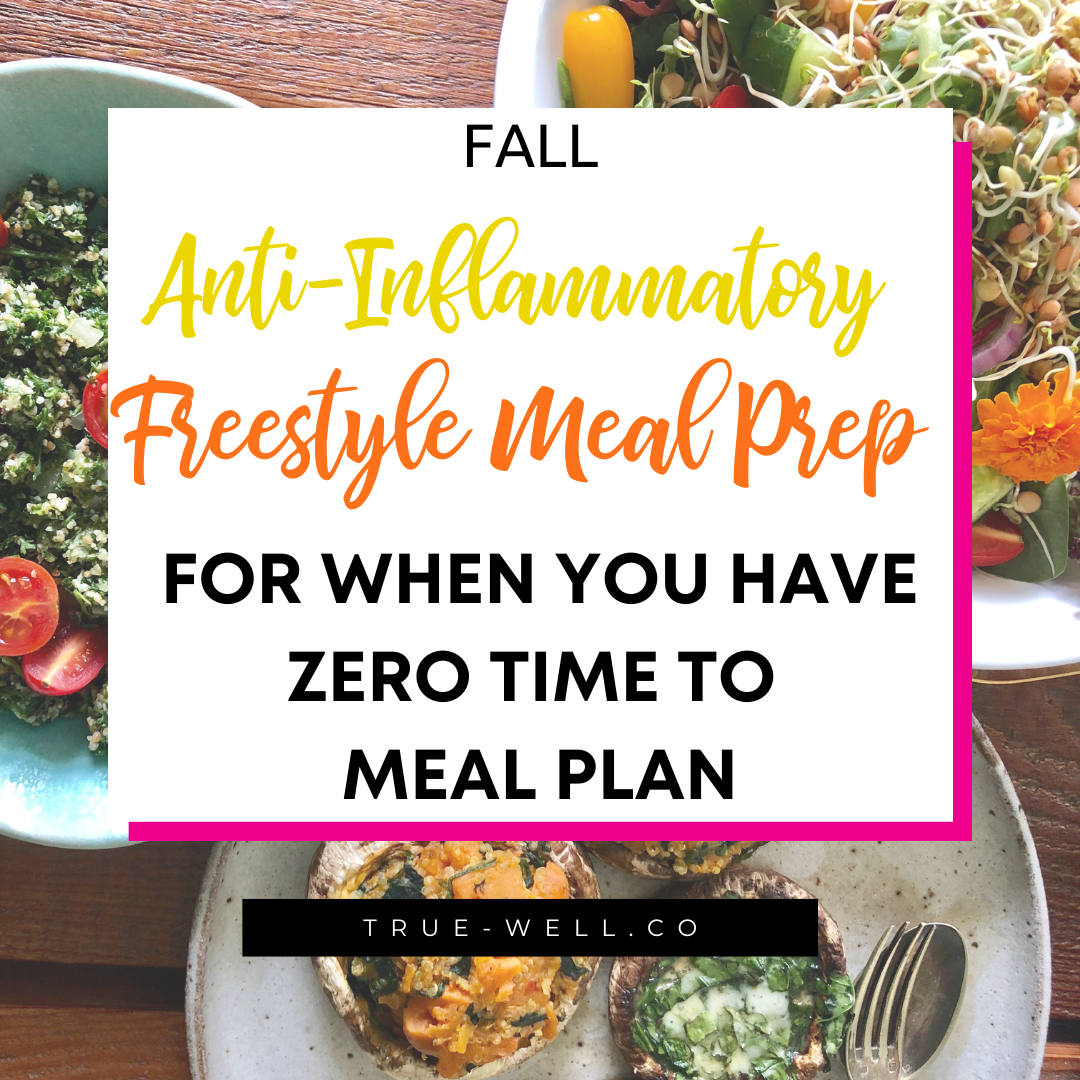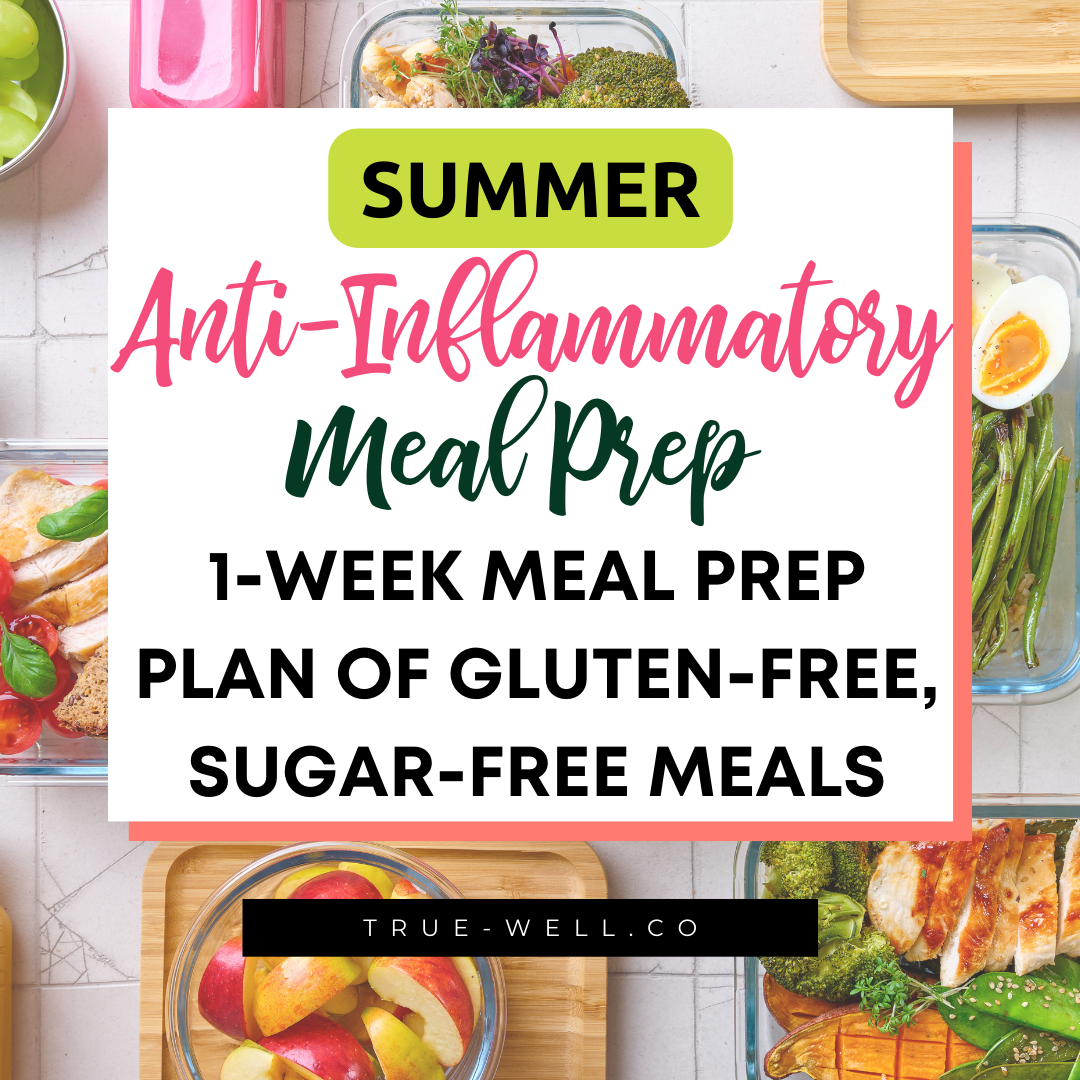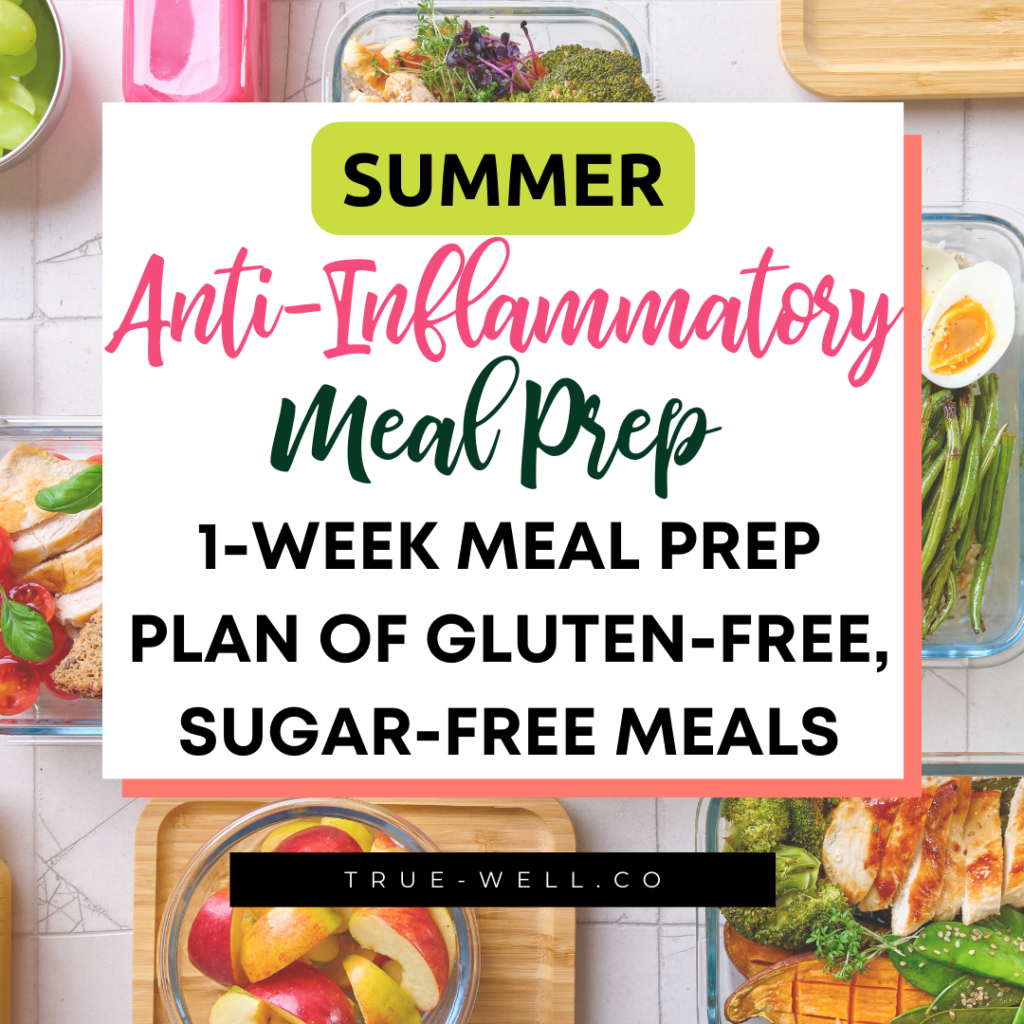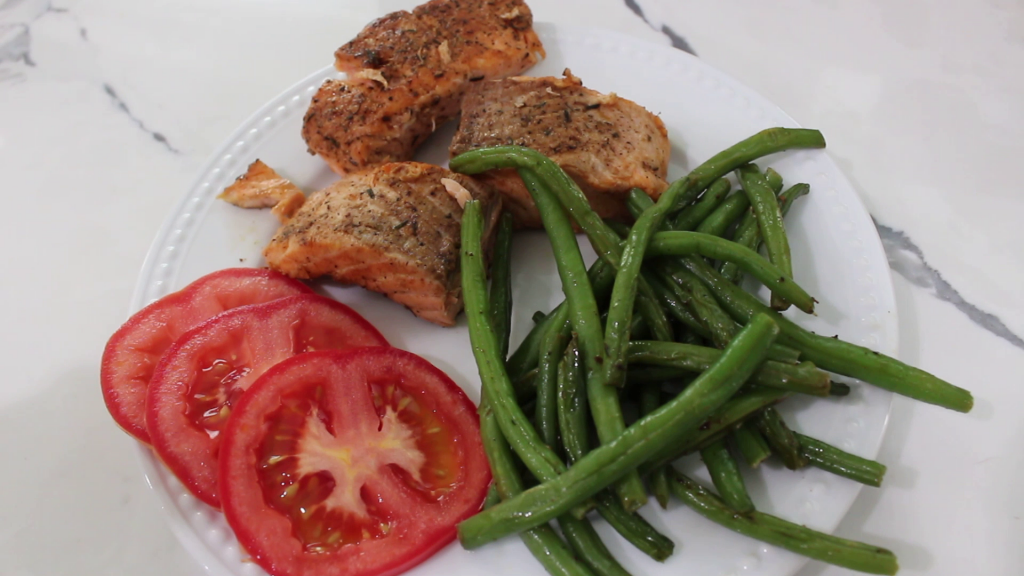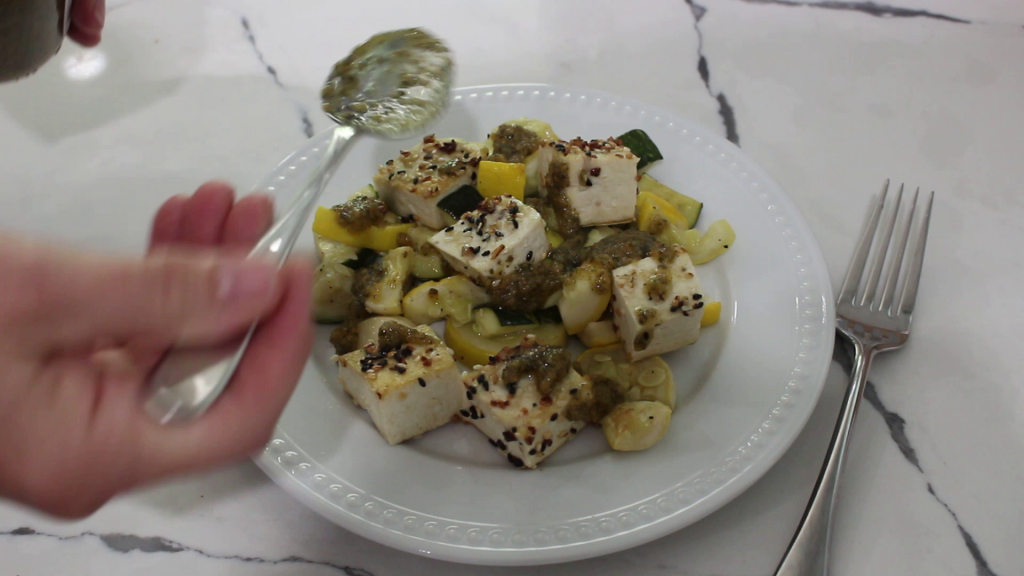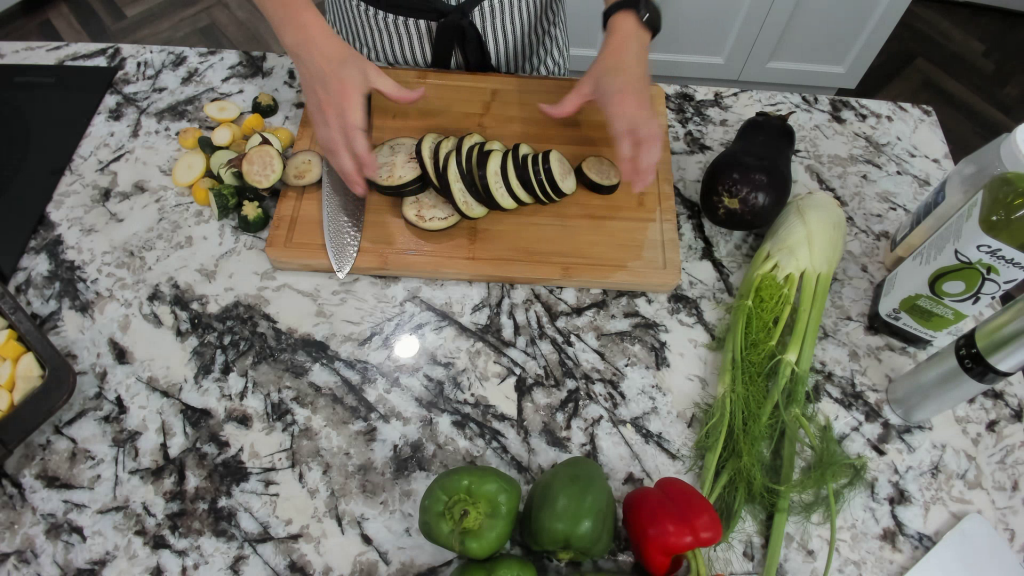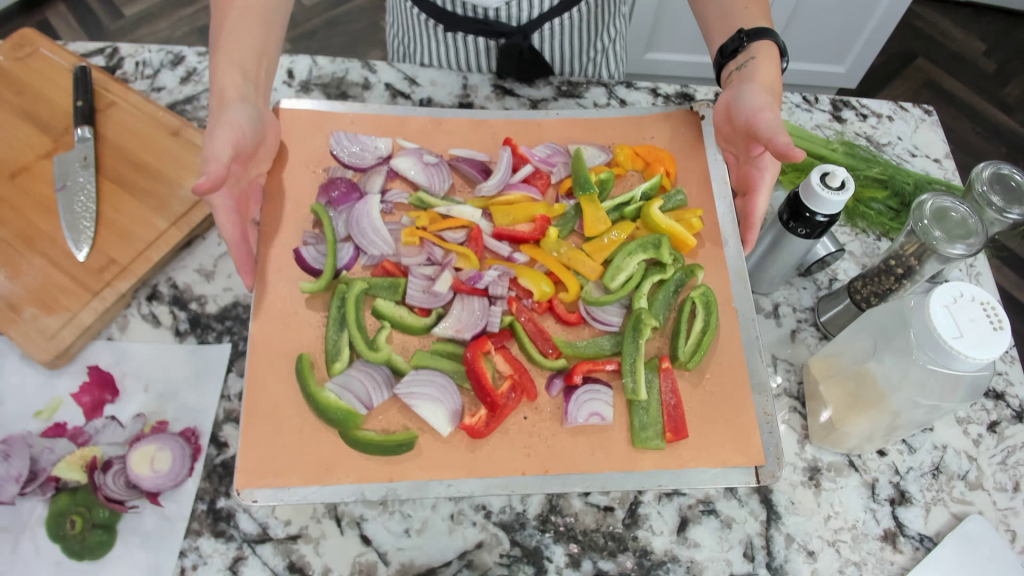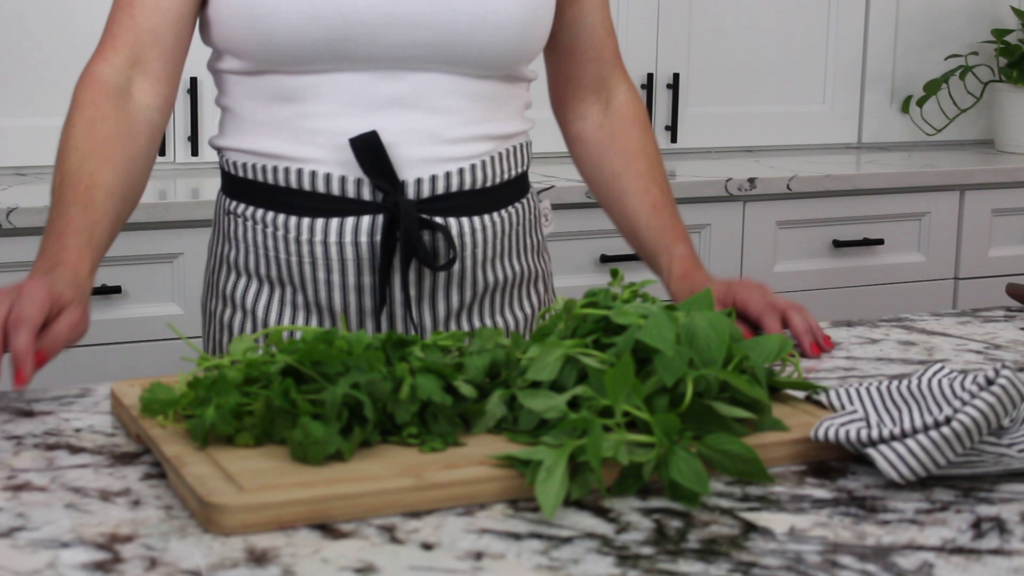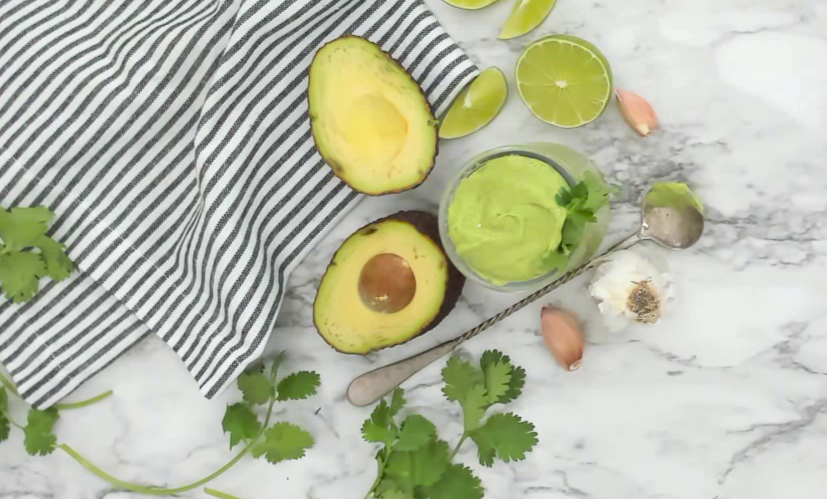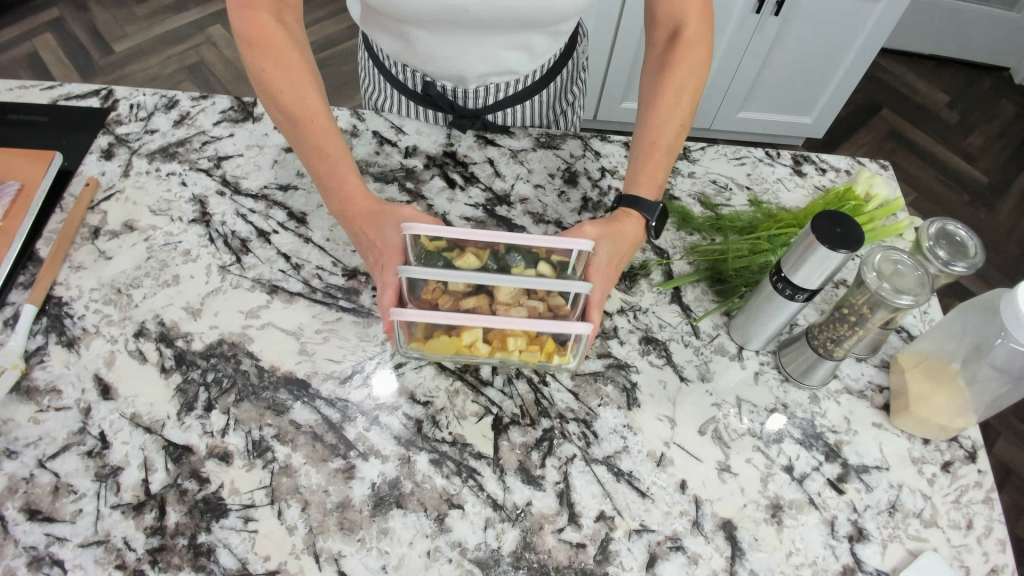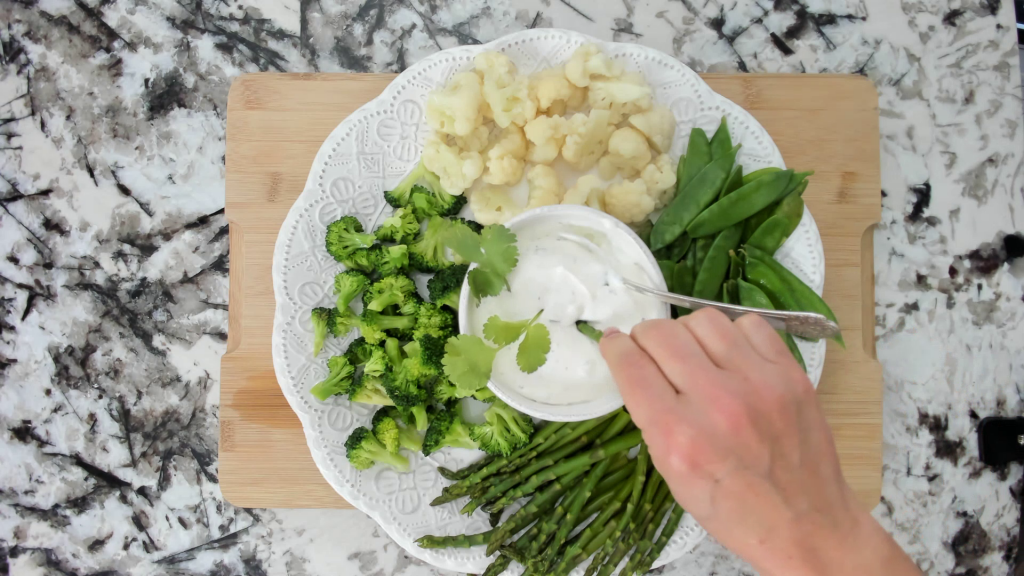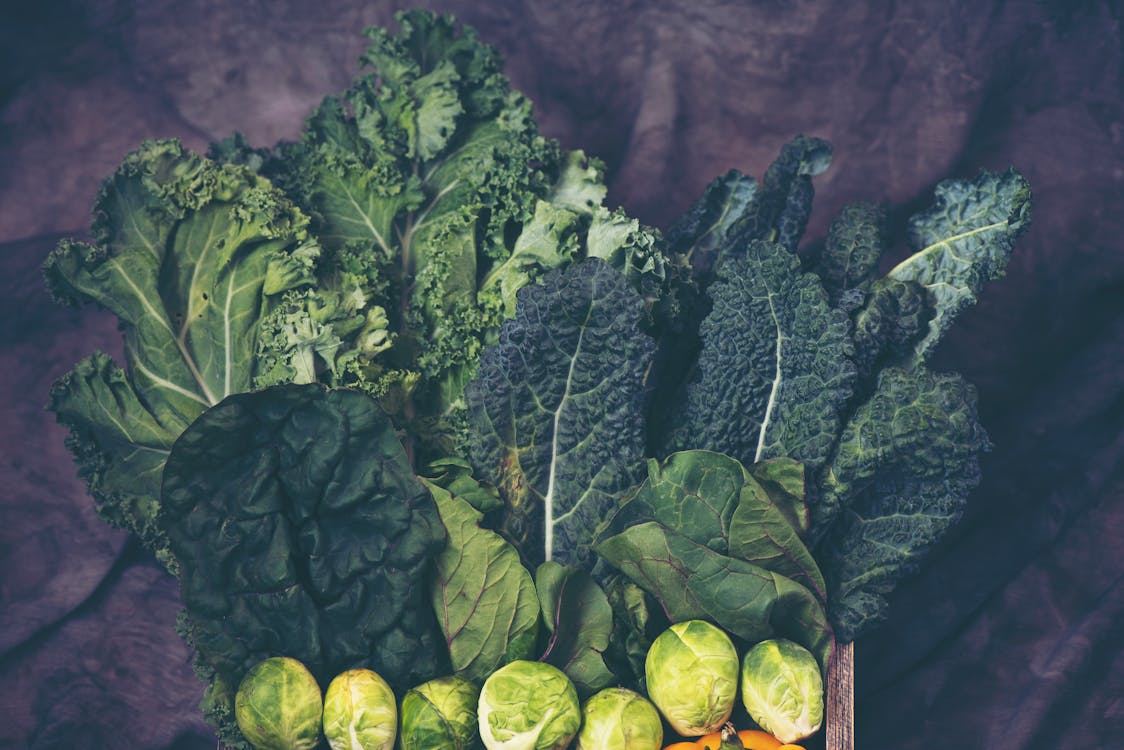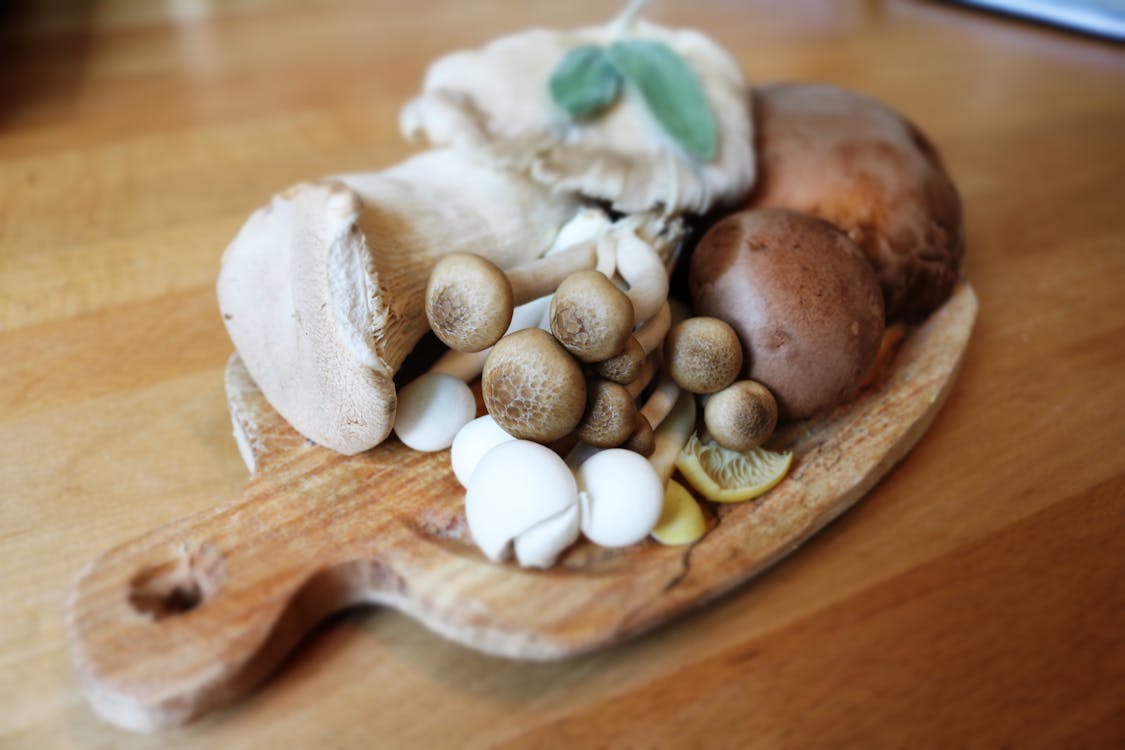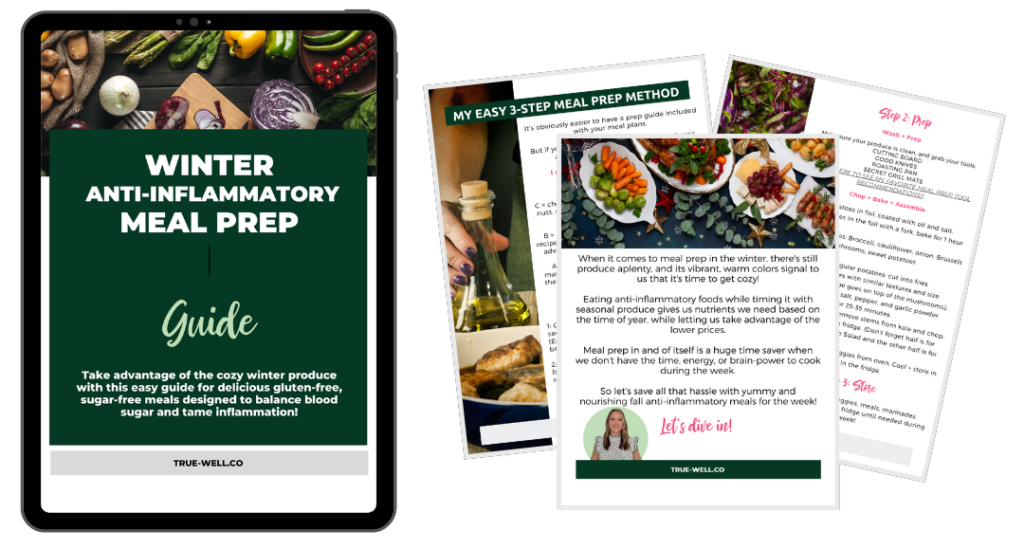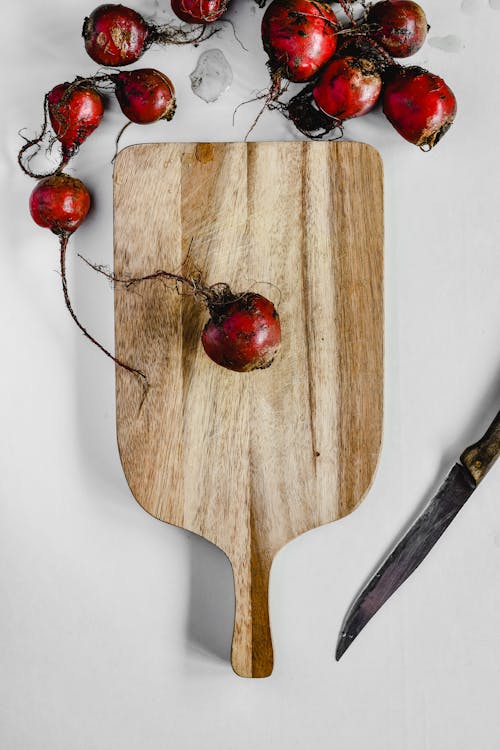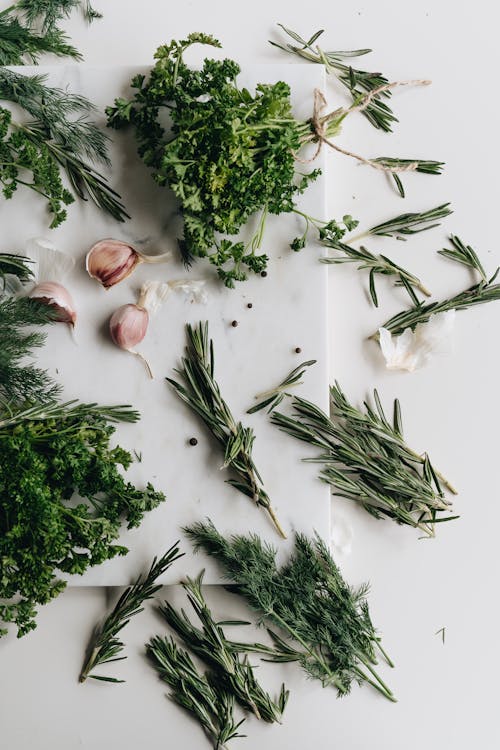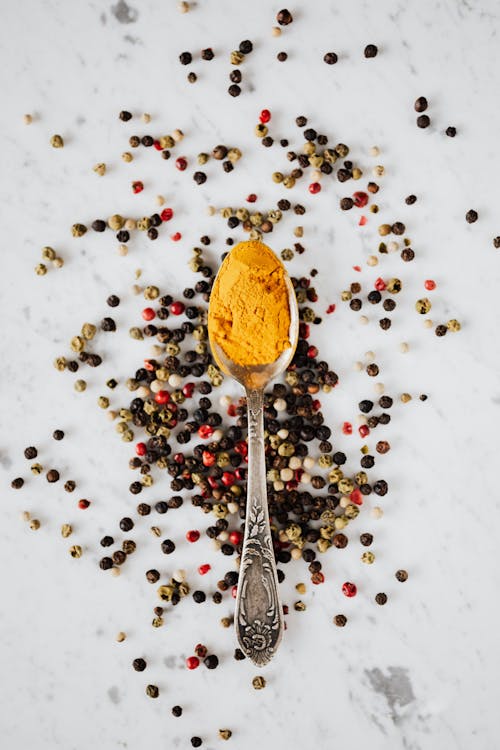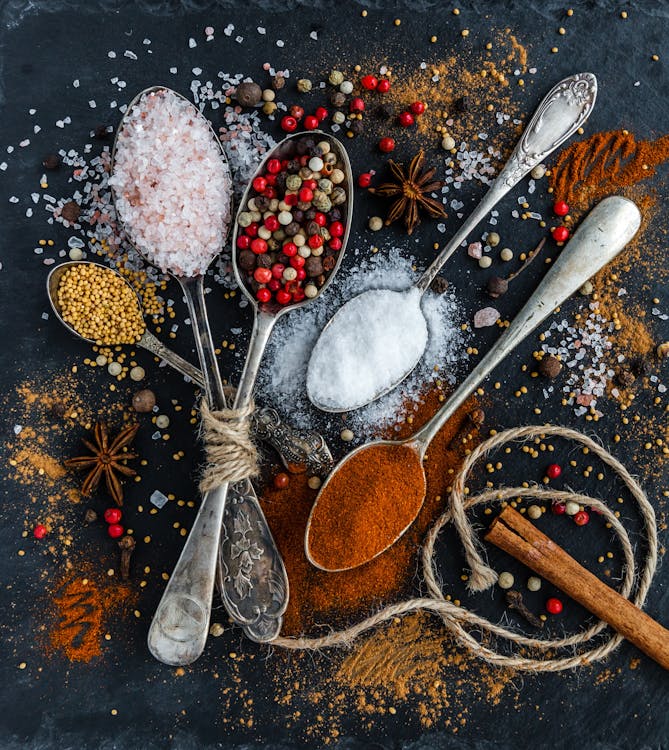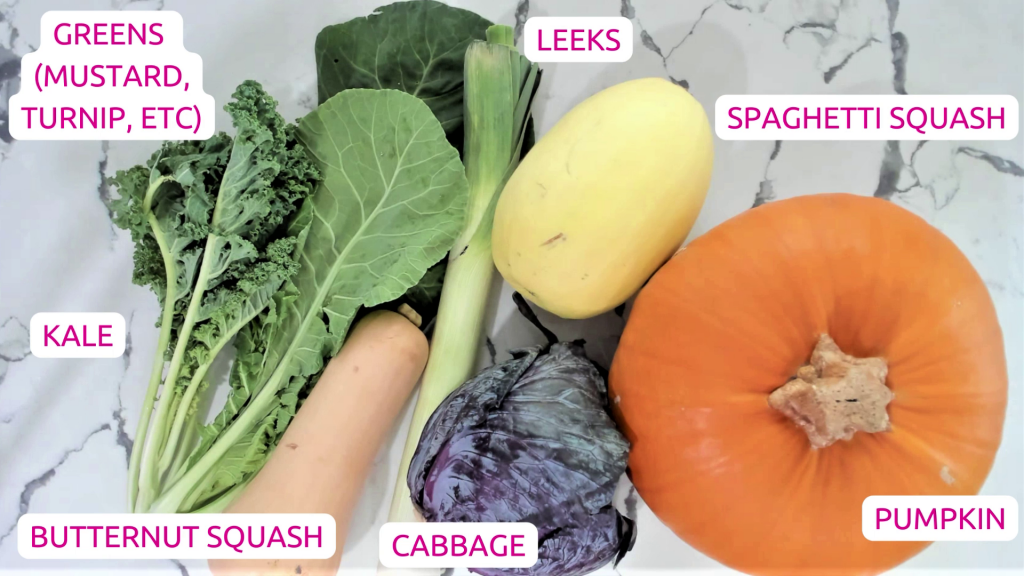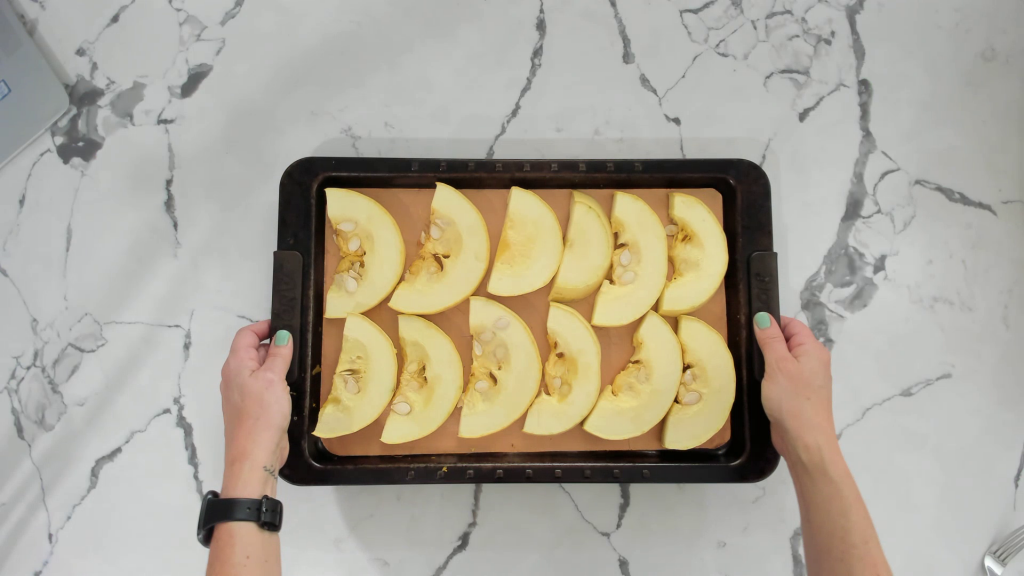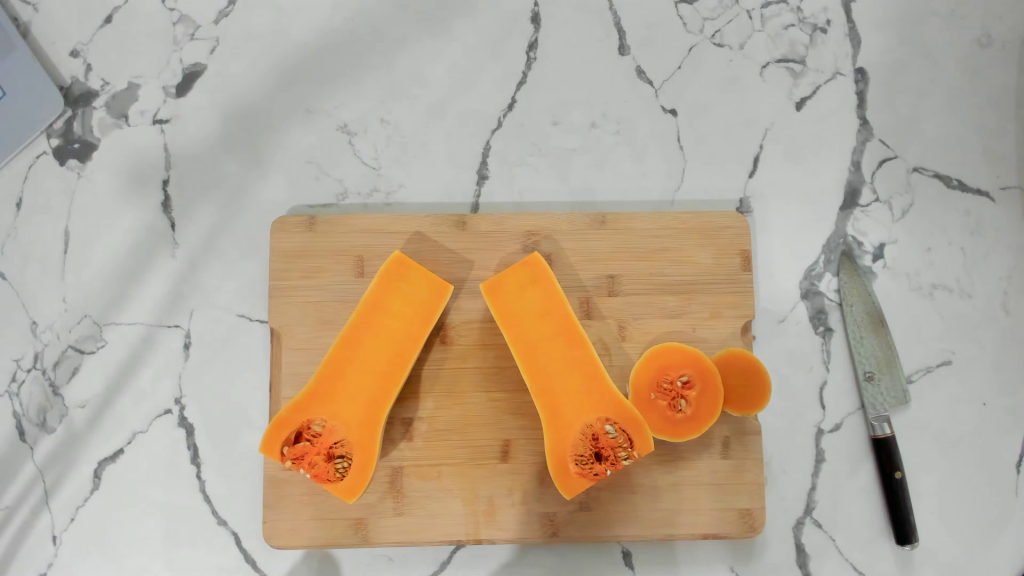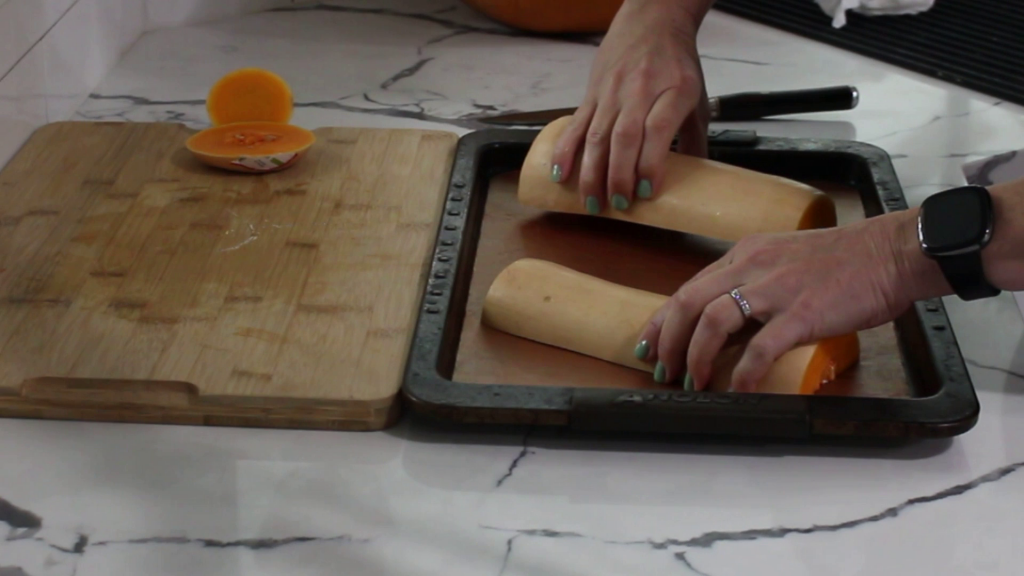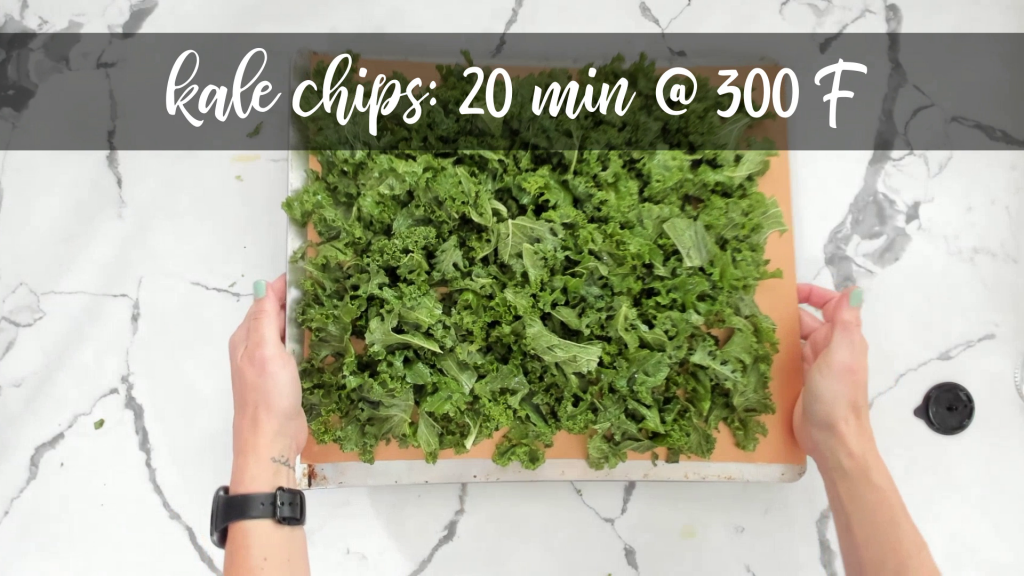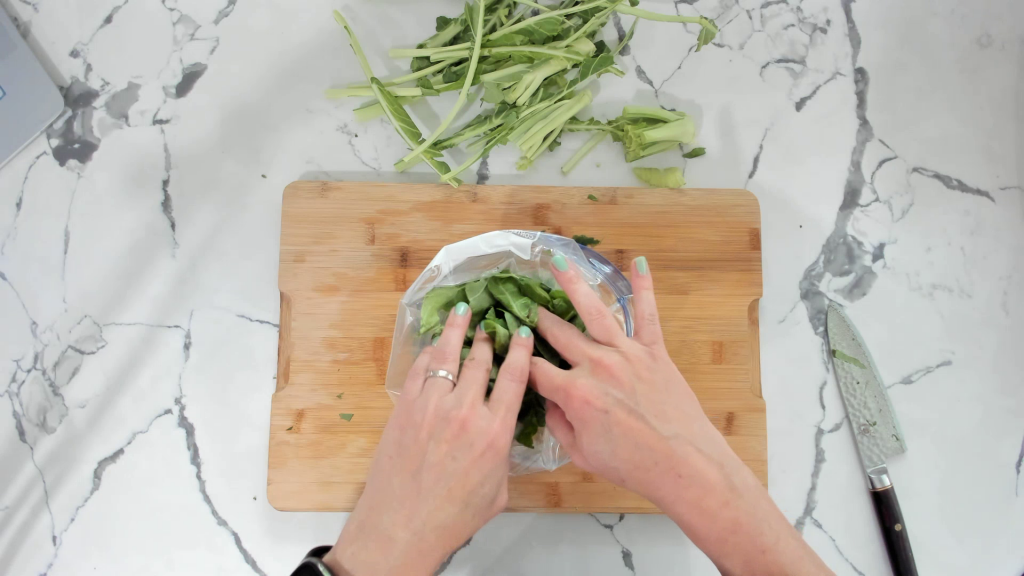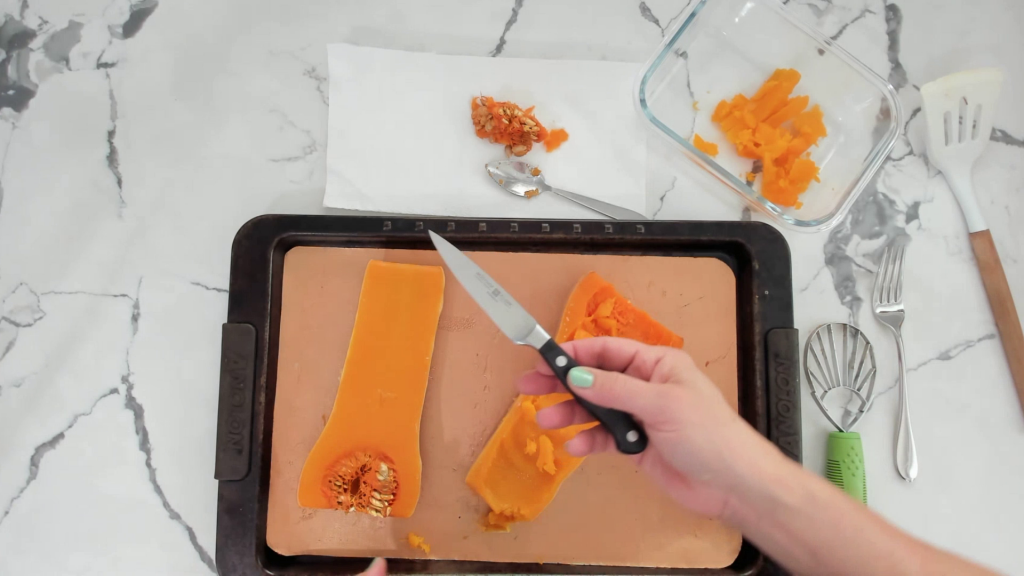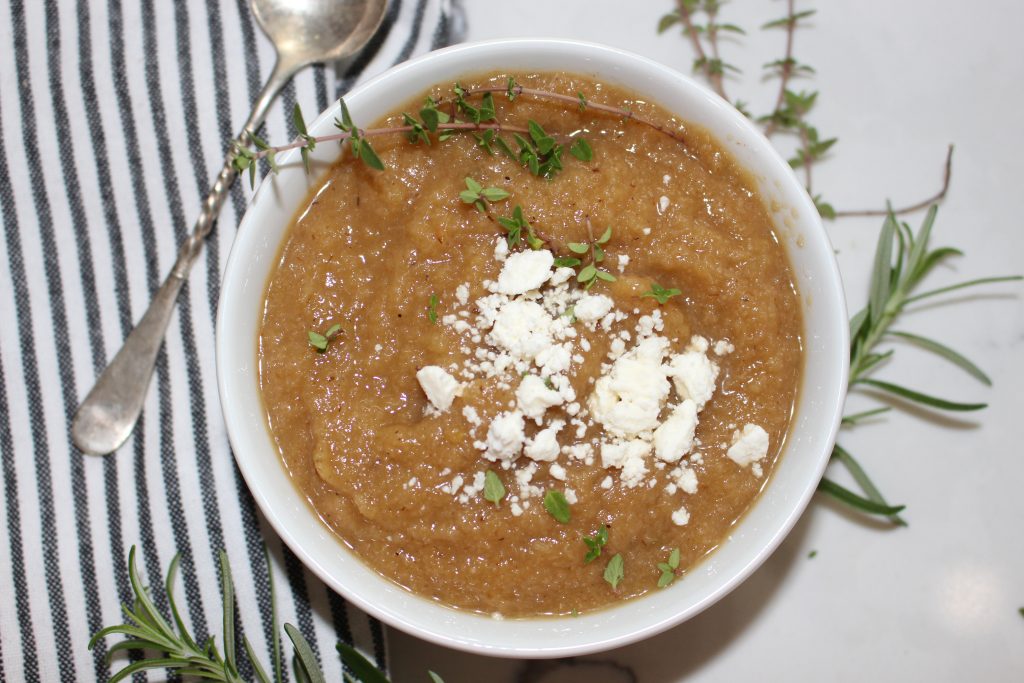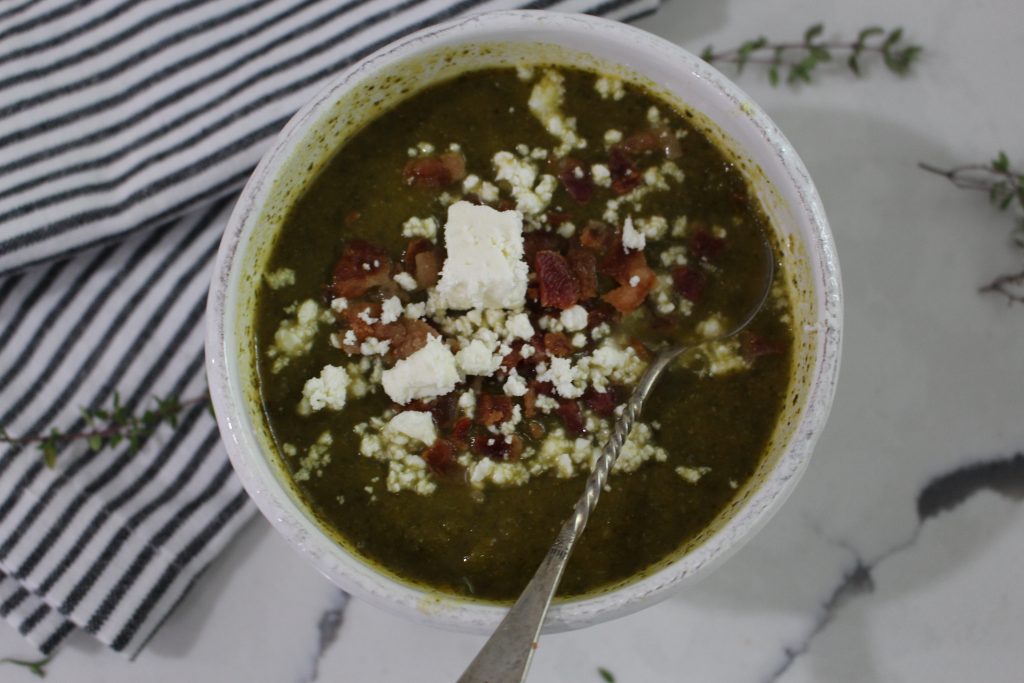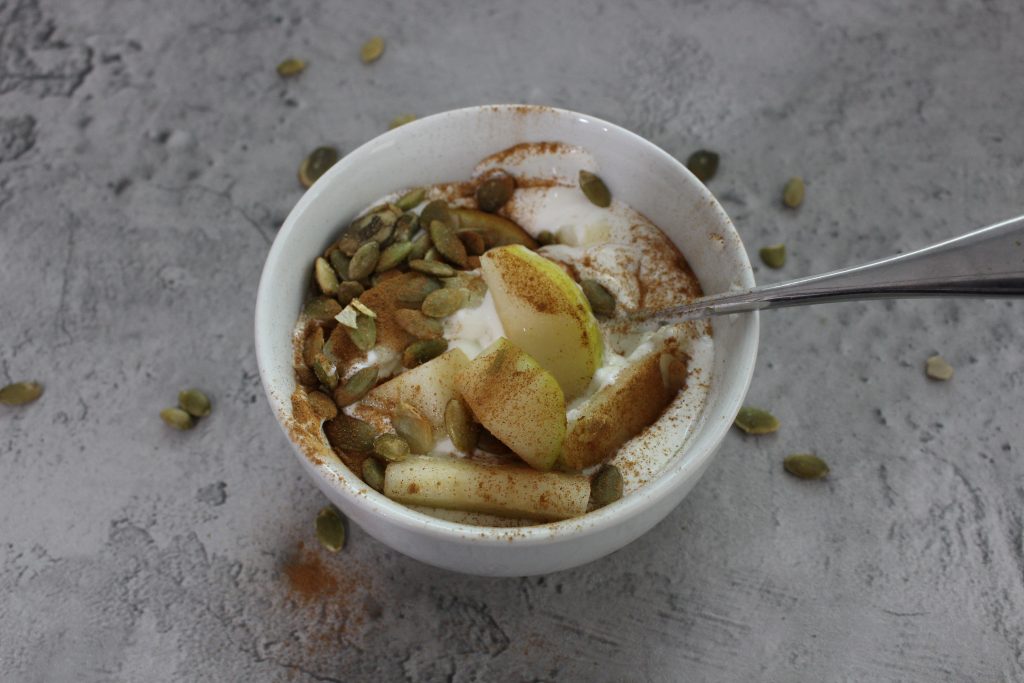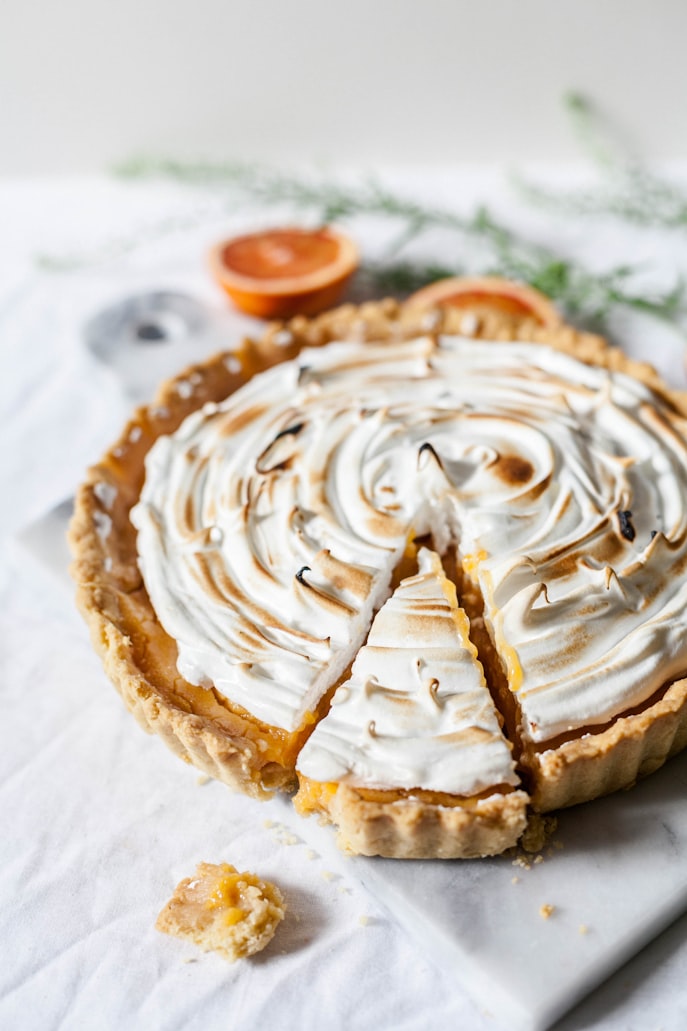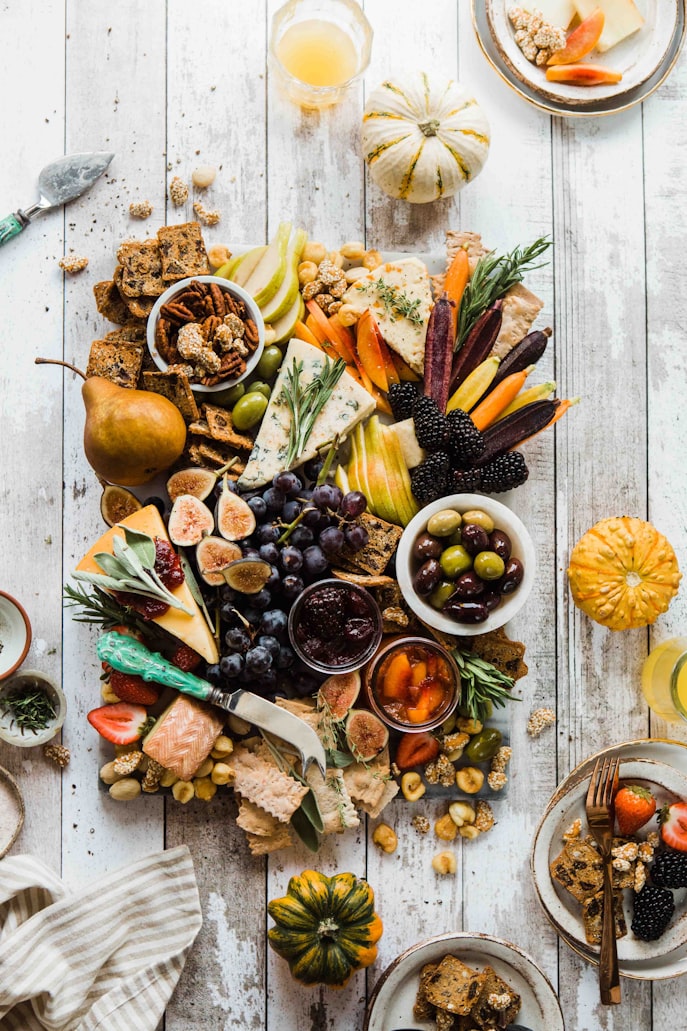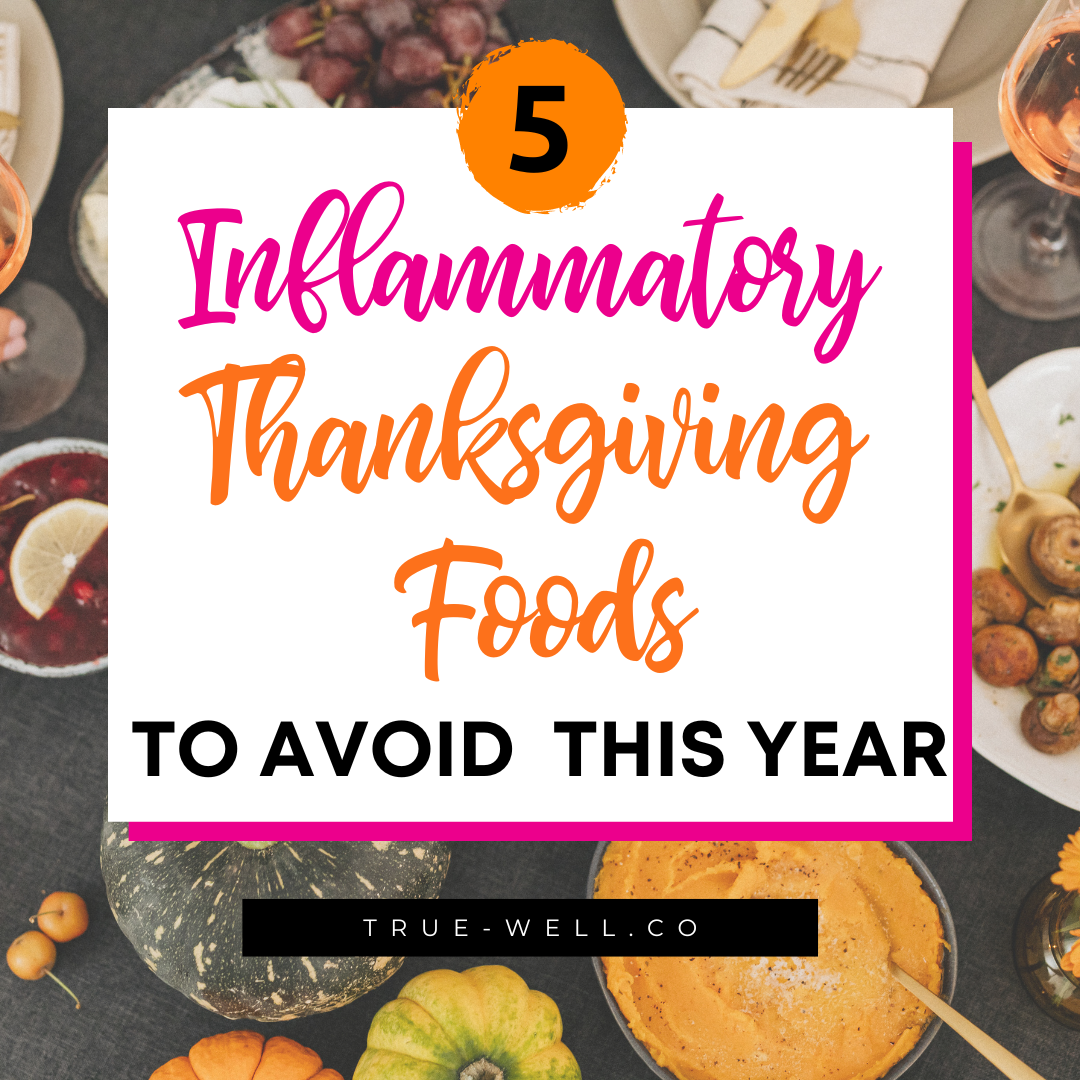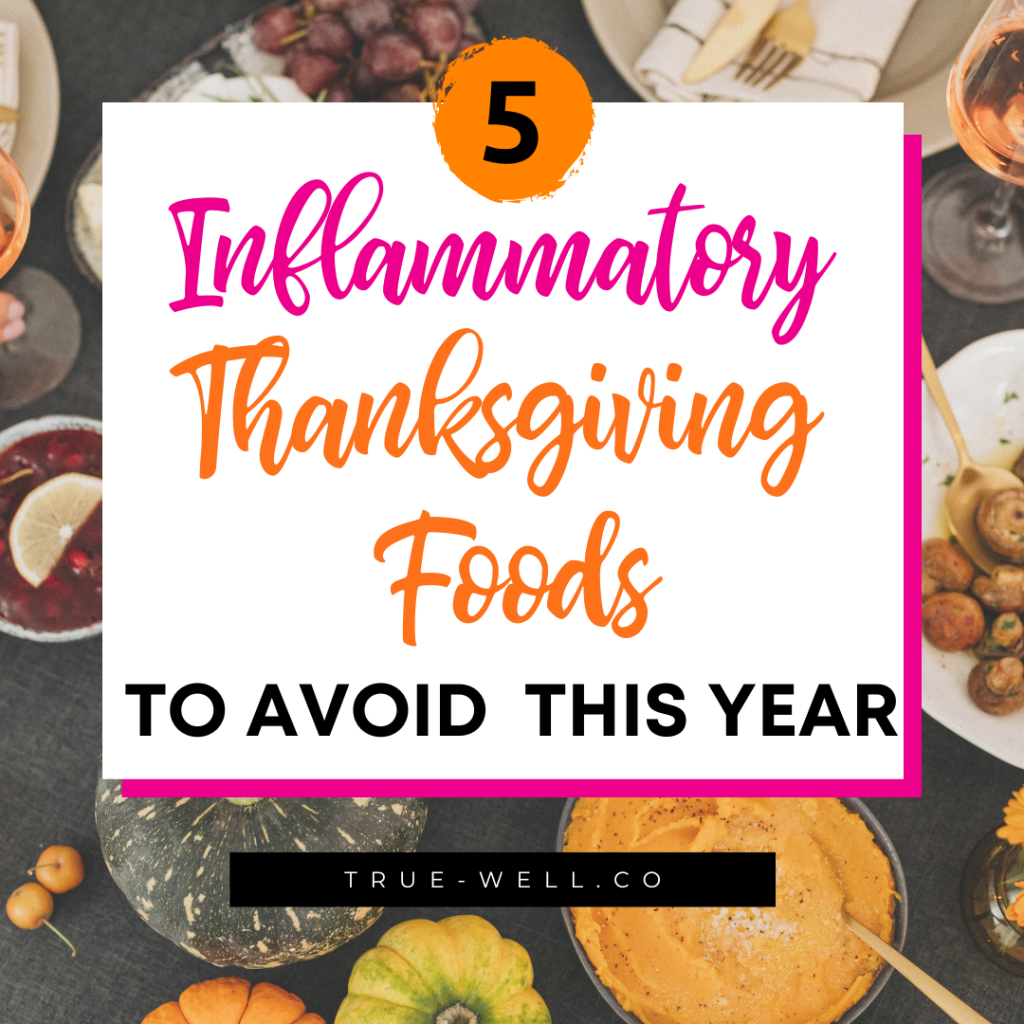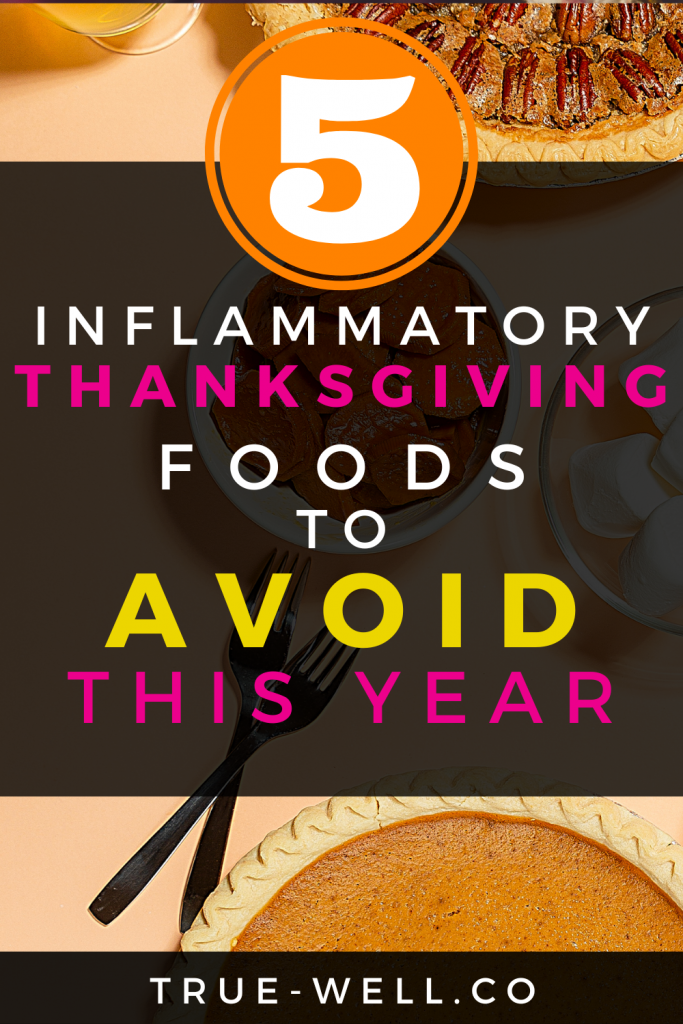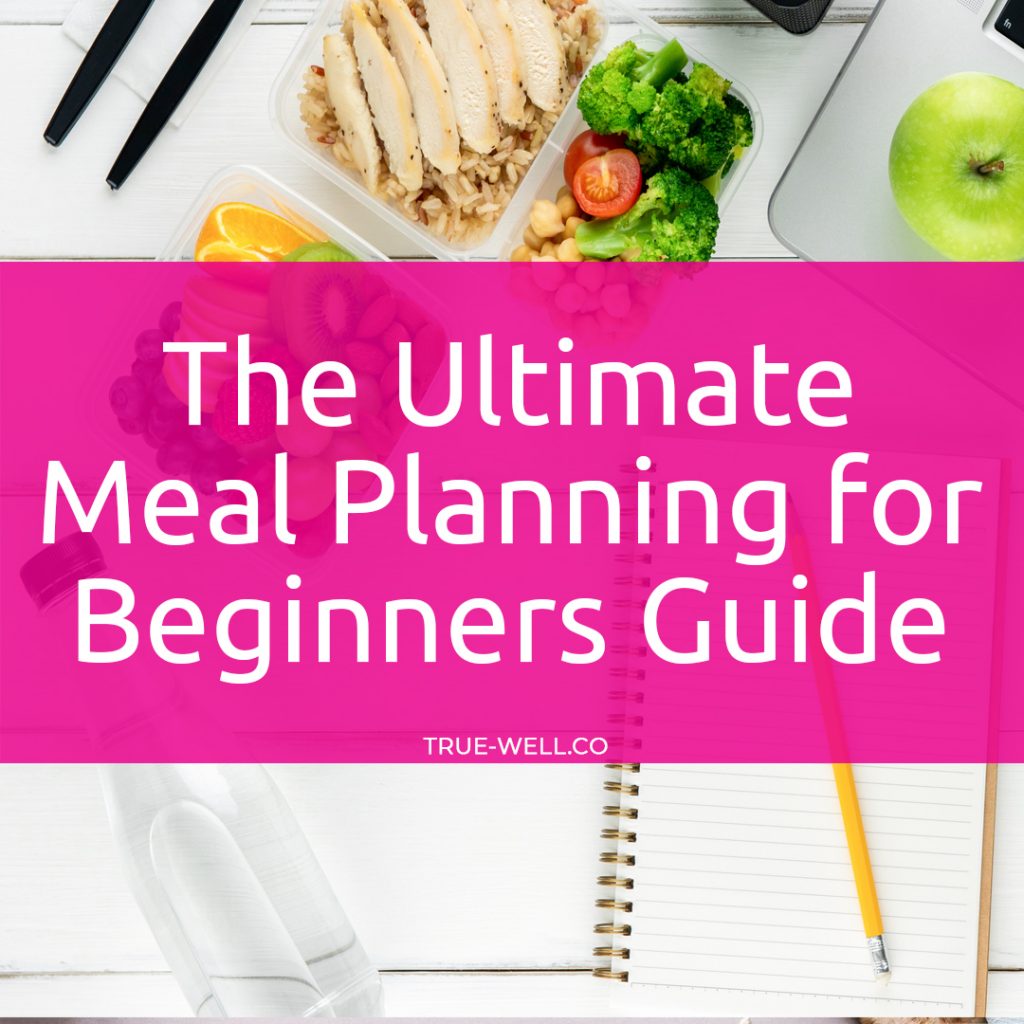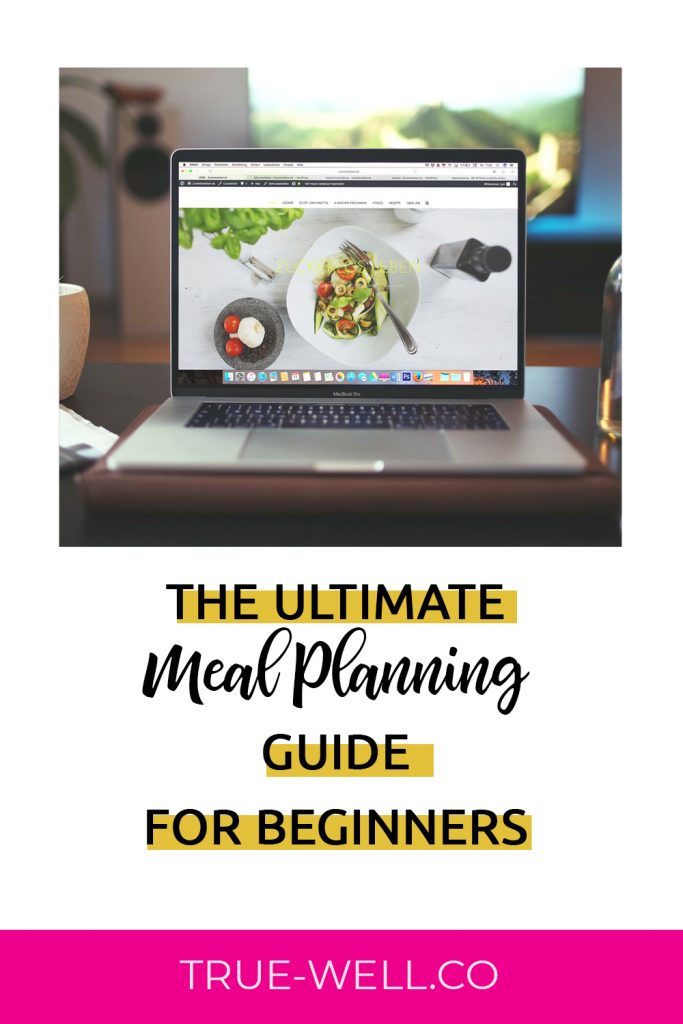One thing I’ll say till I’m blue in the face is that meal planning is one of the most underrated forms of stress management. Especially when those meals are meant to help you manage or avoid a chronic condition.
So look, meal planning can be tough enough on its own, but when you add in a dietary style that you’re totally new to, that just makes it that much more complicated.
Over the years, I’ve seen clients make the same three mistakes with anti-inflammatory meal planning. These missteps cost them time, money, and energy … and make it way harder to get meals on the table consistently.
So let’s walk through the top 3 mistakes (and how to avoid them) so you can make meal planning feel easy, doable, and sustainable.
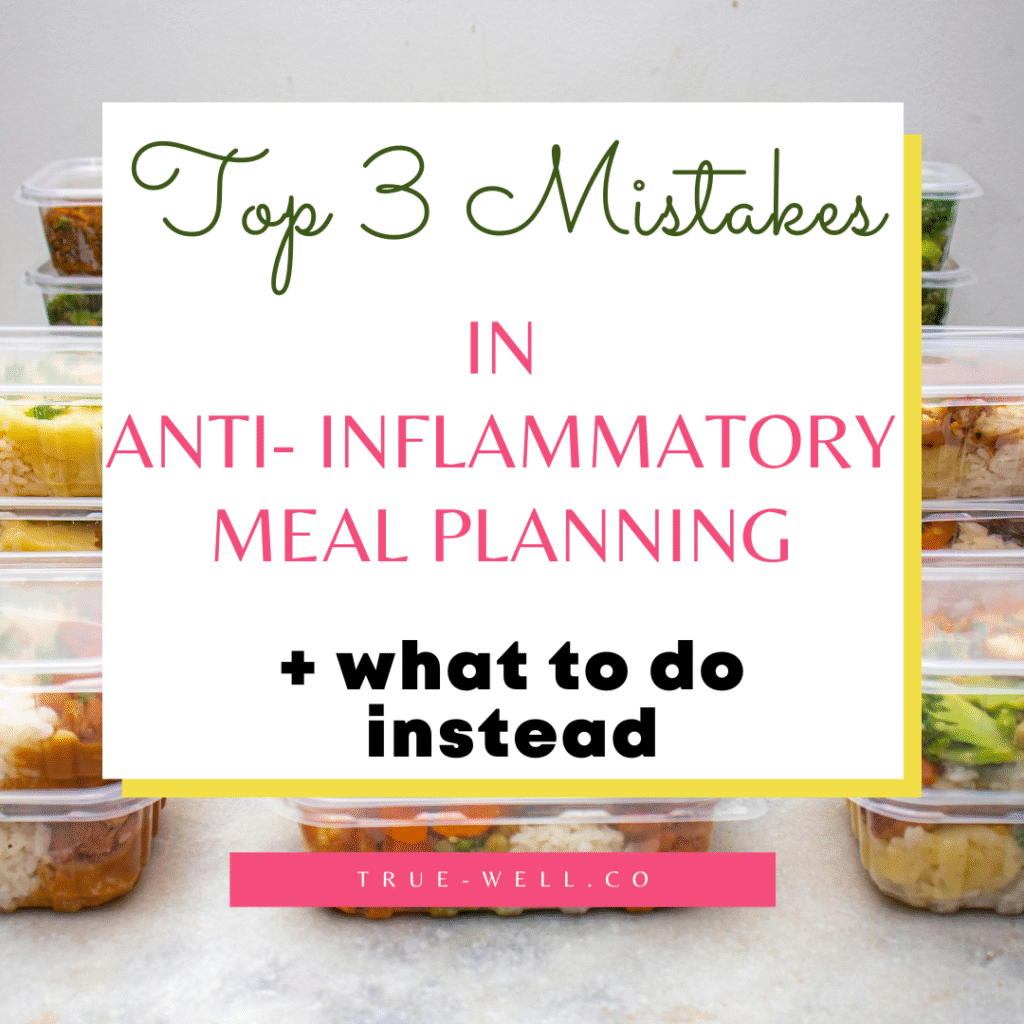
Brand new to the anti-inflammatory diet and lifestyle? Grab my free Anti-Inflammatory Quick-Start Guide HERE. It’ll give you a clear food list and simple swaps so meal planning feels less like guesswork.
And once you’re ready to streamline, don’t miss my free Meal Planning x LIFE Workshop, where I show you how to plan healthy meals using the templating method proven to save you hours each week in the kitchen.
Anti Inflammatory Meal Planning Mistake #1: Being overly ambitious
So I get it–when we get excited about something new (especially if it’s supposed to help us reach our goals like managing a condition, getting your blood sugar under control, or even kick-starting weight loss), we just want to jump all in…
But here’s the problem: being overly ambitious usually leads to burnout. You get overwhelmed, miss a night or two, and then throw in the towel.
✅ Do this instead: Start small. Plan to cook 3–4 dinners a week at first. Cook a little extra each time so you’ve got leftovers for lunch or another dinner. That way, you’re building confidence and consistency without the pressure.

One of the really great strategies for this is when you cook those three to four meals go ahead and cook a little bit more so that you can have extra for other meals… which leads us into mistake number two.
Anti Inflammatory Meal Planning Mistake #2: Not cooking enough food at once
So before you get all up in arms and overwhelmed at that let me just explain.
It takes no extra time to cook 4 servings of a recipe versus 8 servings of a recipe.
You’re simply using double the ingredients so what I want you to think about is that when you’re only cooking one recipe at a time for whatever meal that is you’re missing out on the opportunity to save so much time later.
The reason why that happens is that whenever you cook more you have extra time, you have a fallback, and you have a backup plan.
✅ Do this instead: When you cook dinner, make enough for tomorrow’s lunch or freeze a second batch for later. Bonus points if you schedule one night a week as a “leftovers night.” That’s one less meal you have to cook and clean up.
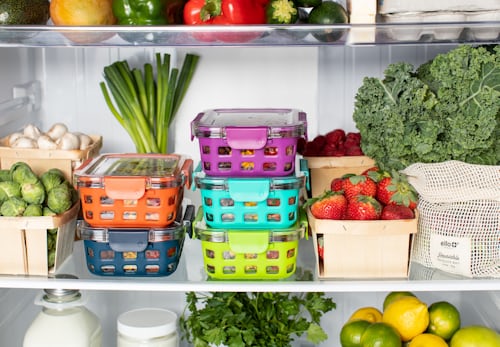
I know a lot of families who do one night a week for leftovers for dinner, (we absolutely do that because it saves me cooking one night of the week and it also saves all of the other clean up that happens, and it cleans up whatever is left over in the fridge.)
So instead, think about doing one and a half or even doubling up on your recipes. You do also have the option to take one recipe and cook it for your dinner that night and then make a second one at the same time to freeze for later. So I always recommend doing that and or making double at the recipe so that you can have enough for lunch the next day.
I work out of the house but whenever I did not work out of the house I would get into that hangry situation right before lunch because I’d been really busy working and usually forgot to have a snack.
So by the time lunch got there I was just being like in this annoyed, starving state where I really didn’t care what I went to eat, so I would just grab the closest most convenient thing that I could. Which would never work out on this type of dietary style.
So if you make enough for lunch the next day you can be assured that whatever you’re eating for lunch is compliant with the anti-inflammatory diet and that way you’re not even worrying about what you’re eating the next day because you know that it fit in because you made it for your dinner the night before.
Mistake #3: Not setting enough time aside
Mistake number three is not setting enough time aside for meal prep and for actual cooking.
If you’ve ever tried to cook a full meal after work with nothing prepped, you know how stressful it can be. You end up frazzled, kids get to bed late, and it feels like meal planning is a burden.
✅ Do this instead: Schedule 1 hour at the start of the week for meal prep. Chop veggies, cook proteins, or prep sauces ahead of time. Even just pre-chopping produce when you unload groceries can save you loads of stress later.
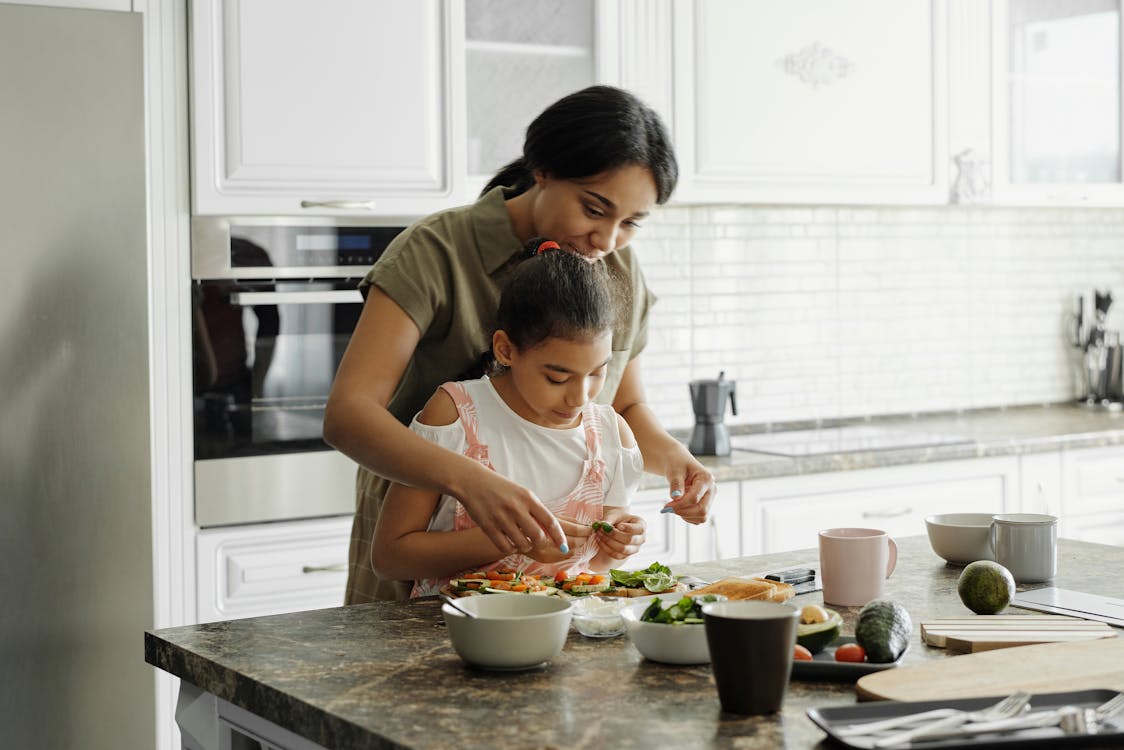
Here’s why: When you do allow yourself enough time, it just makes your time spent cooking way more relaxing… You just assemble the ingredients cook what needs to be cooked at your own pace, no rush…Instead of frantically running around with your hair on fire just to get dinner ready.
But it also gives you peace of mind during the day because you know that those things are already prepped and ready to go and have the extra time to cook dinner.
I can’t tell you the number of clients that tell me that even though they have meal plans technically done they still have anxiety about getting the meals actually cooked at night because of how long it will take.
✅What to do instead is to make sure that you schedule in an hour maybe on Sunday (or one other day at the start of the week) to meal prep: chop veggies and even go ahead and make some of the meat even sauces.
Sometimes if it’s a casserole a lot of those ingredients are pre-cooked and then you can just assemble them the night of and then just stick them in the oven so that you have as little to do as possible on the day of.
Bonus tip
Shop once, prep once. When you walk in the door from the store, go ahead and wash + chop veggies right then. It’s one less barrier between you and actually cooking the food you bought.
You don’t have to be perfect at meal planning … you just need a system that works for your life.
👉 Start with the free Anti-Inflammatory Diet Quick-Start Guide. (Check it out below!) It gives you a clear list of foods to eat and avoid so you’re not second-guessing your meals.
👉 Then, watch my free Meal Planning x LIFE Workshop where I’ll show you how to build a realistic meal planning routine that fits into real life (without it taking over your Sundays).
Take it one step at a time. You’ll be amazed at how much simpler anti-inflammatory meal planning can feel when you’ve got the right tools in place. 🌿
Discover My Unique 4-Pronged Approach to the Anti-Inflammatory Diet So You Can Get Started Immediately (Without Getting Overwhelmed or Cleaning Out Your Entire Pantry)
- Why a full-scale pantry clean out is NOT the best way to start your anti-inflammatory journey, and the steps you can take instead to make sure you’re fueling your body with foods that love you back
- The essential foods you MUST add into your diet if you want to nourish and heal your body naturally
- My anti-inflammatory shopping list so you can quickly fill your cart with the right foods (no googling in the produce aisle or wasting hours staring at ingredient lists)
GET YOUR FREE
ANTI-INFLAMMATORY

Let me know in the comments if you’ve been making any of these mistakes (or even others that I didn’t touch on!)
